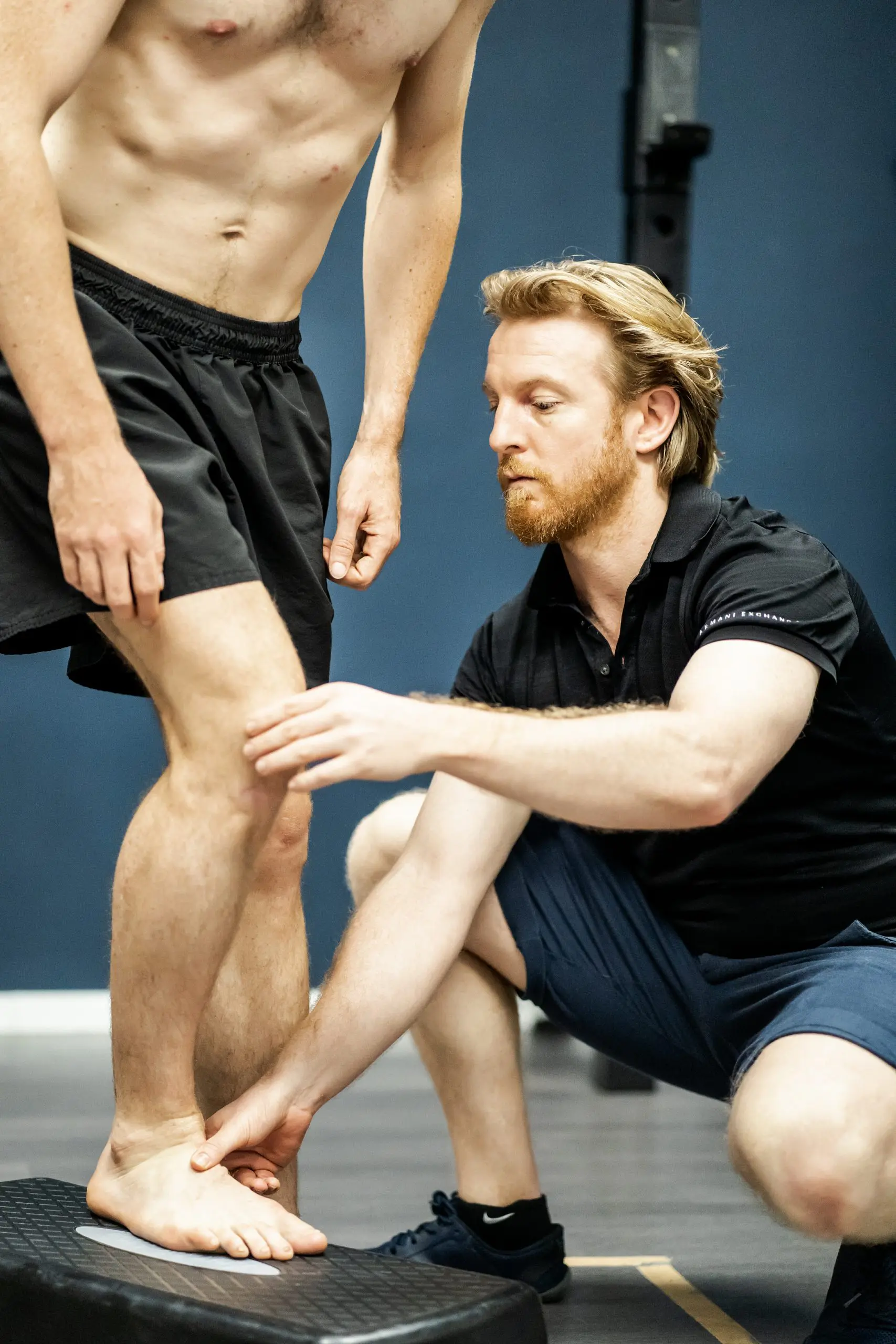The sprained ankle is a typical result of any sudden rolling or twisting injury – perhaps a misstep during a football match or a stumble down the stairs to the MTR. It is often dismissed as unimportant because it is such a common occurrence. But hereʼs why you should not just dismiss a twisted ankle:
The structures of the foot that are injured during twisting or rolling an ankle are most often the ligaments. Ligaments are tricky, as they are not as elastic and pliable as muscle tissue and not as hardy as bone. This means that they are prone to injury, or even tearing, but not designed for a speedy recovery.
A mild injury could, potentially, be left untreated – but at what cost? When the integrity of ligaments are compromised all other structures in the joint will start to compensate for the lack of stability and function. Some muscles will go into spasm to protect the joint from excessive movement, forcing other typically stabilising muscles to take over the function of the spasmed muscles to allow you to still walk to work. Eventually, a mild injury to a ligament becomes altered biomechanics of the entire joint.
This is why the management of a sprained ankle is so important – and that is what weʼre here for!
How do I know my ankle is sprained?
The movement that caused you to injure an ankle tells a lot about the structures that could be involved. As far as sprained ankles go – any movement that causes an ankle to move into a position that is in not used to being in can cause damage to the ligaments.
Symptoms include:
- Localised pain
- Swelling
- Bruising
- Laxity OR even
- Stiffness (depending on how your body decides to deal with it)
What can I do about it?
Resting and elevation will help manage the immediate symptoms. In the case of severe pain and/or laxity, avoid putting too much pressure on the ankle and stabilise it.
Though this will assist in managing initial symptoms, this is not ideal recovery. The body is not designed for immobility! Therefore it is important to regain function as soon as possible, though this may be a challenge if you do not know the extent of your injury. This is where we come in.
How will a physiotherapist help me?
At the very least, you should see your physiotherapist (or other medical practitioners) as soon as possible after injury in order to get an accurate diagnosis. This will detect or rule out any serious injury and determine everything you can and can not do during recovery.
We will help reduce your pain and quickly regain function that is safe and beneficial. We do not want you to be merely pain-free – we want you to return to that football game ASAP! We want to enable you to walk to work, play with your kids, go running in the park or playing your favourite sport – all of which can be very challenging if there is any sort of dysfunction in an ankle joint.
Donʼt just dismiss your ankle pain as a clumsy mistake – let us help you from the start to get you back to your life ASAP!

